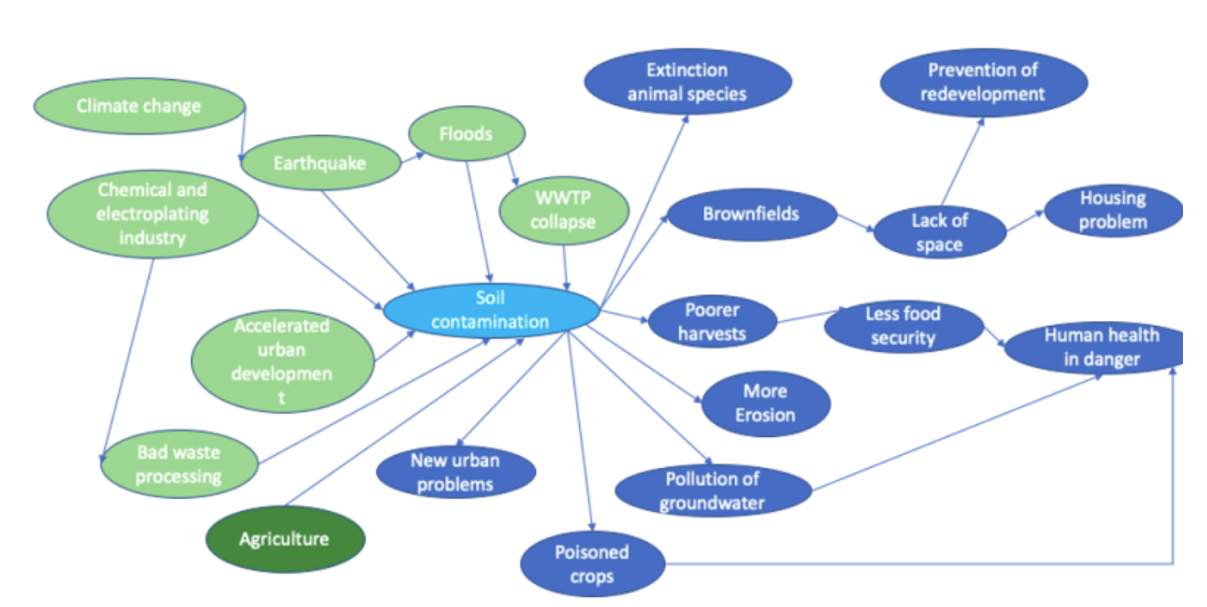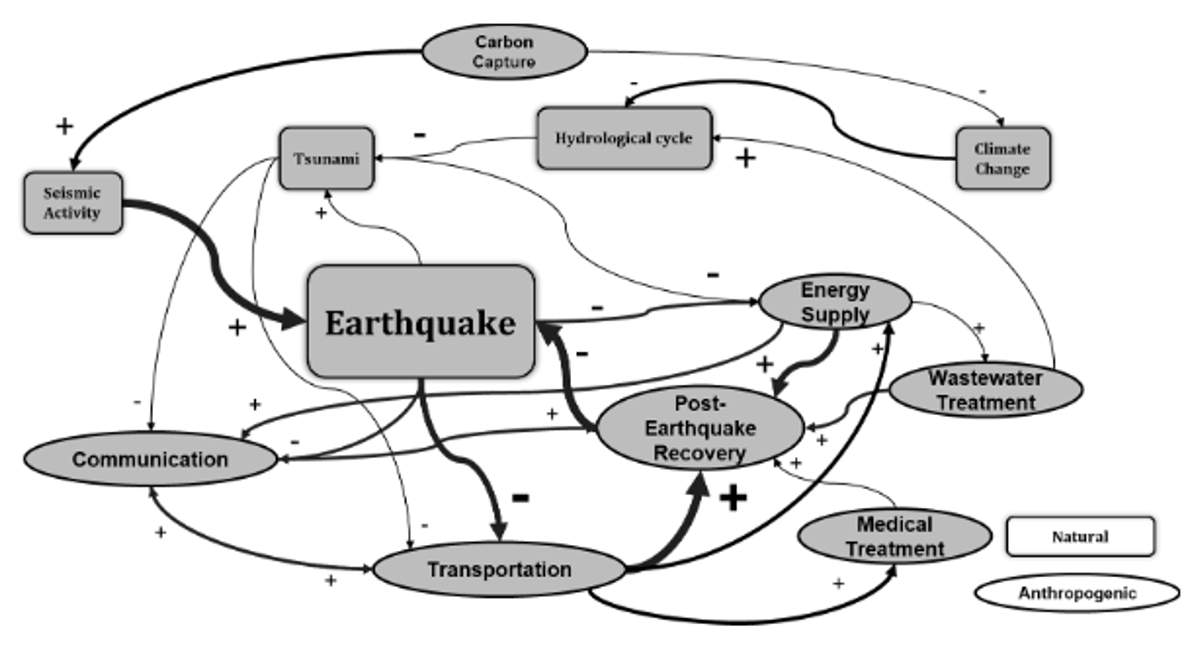For the course ‘Integrated Project’, master students in Environmental Engineering at the faculty of Civil Engineering and Geosciences of TU Delft were given the opportunity to make trend reports about a specific shock/stress of a chosen metropolis. These trend reports will be aligned with the Open Educational Resources (OER) about (Urban) Resilience Engineering.
During the first quarter of the academic year, first year master students Environmental Engineering could choose a city in groups of four and work on different shocks and stresses that city could experience in the future. It was interesting to see how the different backgrounds of the students led to a wide variety of different types of shocks. For example, the flood risk of Rotterdam was discussed, as well as the radioactive soil contamination in Tokyo. Or think about earthquakes in Santiago and land subsidence in Manilla.
Step-by-step plan
The creation of the trend reports for each specific shock/stress followed a meticulous step-by-step plan. The students received lectures on how to write a problem statement and solution strategies for their specific shocks. Furthermore, the trend reports were evaluated by giving internal feedback to each other within the groups. Also a paragraph on the ethics of the problem statement was added after a lecture by Dr. Samantha Copeland on the 'Ethics Checklist for Resilient systems'. During the process the students were supported by expert scientists in the field of resilience engineering. For this, they received a lecture on Flood resilience by Juan Pablo Aguilar Lopez. The trend reports of the different group members were later combined in concept maps and gave an insightful representation of the complexity of the shocks and stresses, and therefore the resilience of a specific Urban System.







